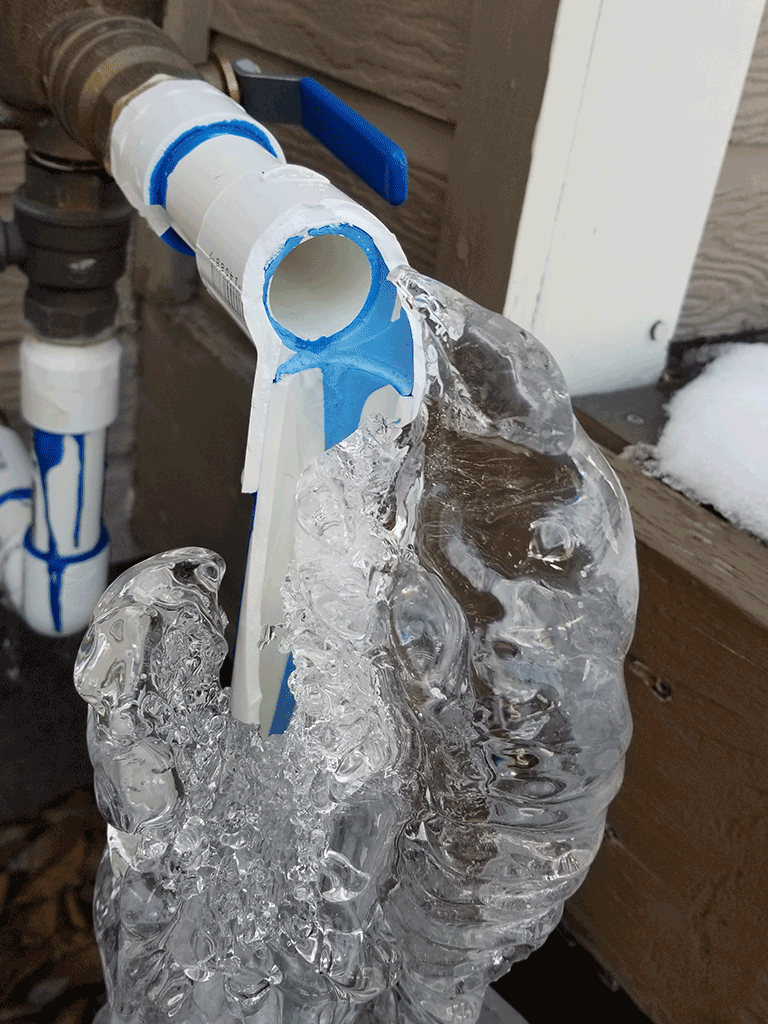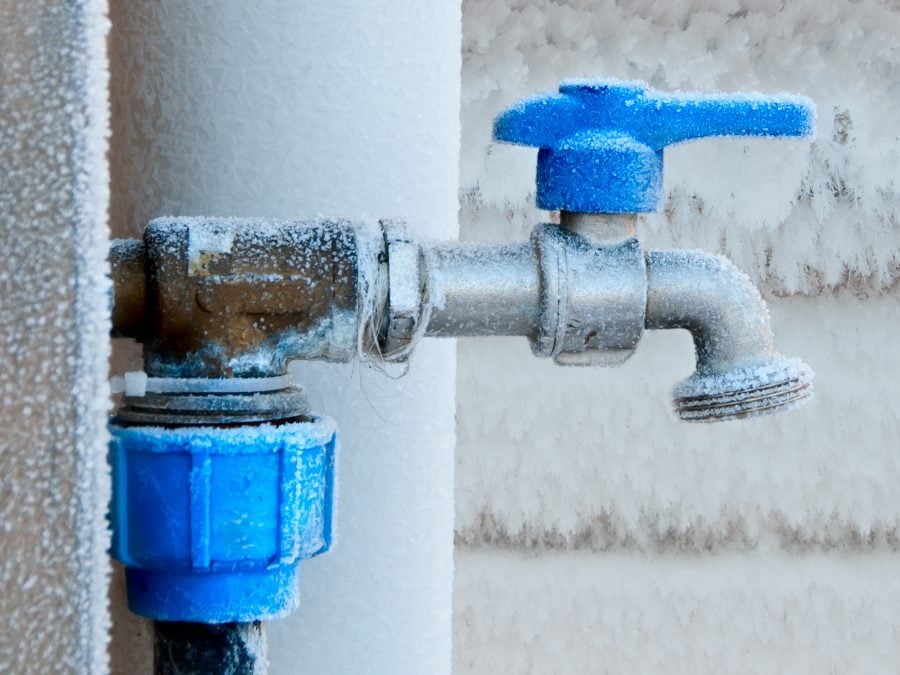This great article further down involving How To Avoid Freezing Pipes is seriously engaging. Give it a go and draw your own personal assumptions.

Cold weather can wreak havoc on your plumbing, particularly by freezing pipes. Below's how to prevent it from taking place and what to do if it does.
Intro
As temperature levels decline, the threat of frozen pipelines increases, potentially leading to expensive repairs and water damage. Comprehending exactly how to prevent icy pipes is critical for property owners in chilly climates.
Understanding Frozen Pipelines
What triggers pipes to ice up?
Pipelines ice up when subjected to temperatures listed below 32 ° F (0 ° C) for extended durations. As water inside the pipes ices up, it broadens, putting pressure on the pipeline wall surfaces and possibly causing them to burst.
Risks and damages
Icy pipelines can result in water system disturbances, property damage, and expensive repair work. Ruptured pipelines can flood homes and trigger extensive architectural damage.
Indicators of Frozen Water Lines
Recognizing frozen pipes early can stop them from rupturing.
How to identify icy pipelines
Seek lowered water circulation from taps, unusual odors or noises from pipes, and visible frost on subjected pipelines.
Avoidance Tips
Insulating vulnerable pipes
Cover pipelines in insulation sleeves or use heat tape to safeguard them from freezing temperature levels. Focus on pipes in unheated or outside areas of the home.
Home heating methods
Keep indoor rooms properly warmed, especially areas with pipes. Open up closet doors to permit cozy air to distribute around pipes under sinks.
Shielding Outside Plumbing
Yard hoses and outdoor taps
Separate and drain pipes garden tubes before winter season. Set up frost-proof faucets or cover exterior taps with insulated caps.
What to Do If Your Pipelines Freeze
Immediate actions to take
If you suspect frozen pipelines, maintain faucets available to relieve pressure as the ice melts. Use a hairdryer or towels soaked in hot water to thaw pipes slowly.
Long-Term Solutions
Architectural changes
Take into consideration rerouting pipes far from exterior wall surfaces or unheated locations. Add extra insulation to attic rooms, basements, and crawl spaces.
Updating insulation
Invest in high-grade insulation for pipes, attic rooms, and walls. Proper insulation aids maintain regular temperatures and lowers the threat of icy pipes.
Verdict
Preventing icy pipelines requires aggressive procedures and quick feedbacks. By comprehending the causes, signs, and safety nets, house owners can secure their plumbing during cold weather.
6 Proven Ways to Prevent Frozen Pipes and Protect Your Home
Disconnect and Drain Garden Hoses
Before winter arrives, start by disconnecting your garden hoses and draining any remaining water. Close the shut-off valves that supply outdoor hose bibs and leave the outdoor faucet open to allow any residual water to drain. For extra protection, consider using faucet covers throughout the colder months. It’s also important to drain water from any sprinkler supply lines following the manufacturer’s directions.
Insulate Exposed Pipes
Insulating your pipes is an effective way to prevent freezing. Pipe insulation is readily available at home improvement stores and is relatively inexpensive. Pay close attention to pipes in unheated areas such as the attic, basement, crawl spaces, or garage. Apply foam insulation generously to create a buffer against the cold. You can also wrap your pipes in heat tape or thermostat-controlled heat cables for added warmth.
Seal Air Leaks
Inspect your home for any cracks or openings that could let in cold air. Seal any holes around the piping in interior or exterior walls, as well as the sill plates where your home rests on its foundation. Additionally, make sure to keep your garage door closed unless you’re entering or exiting. Leaving it open creates a significant air leak that can lead to frozen pipes.
Allow Warm Air Circulation
During cold snaps, it’s essential to allow warm air to circulate evenly throughout your home. Leave interior doors ajar to promote better airflow. Open kitchen and bathroom cabinets to help distribute heat consistently around the rooms. If you have small children or pets, be sure to remove any household chemicals or potentially harmful cleaners from open cabinets for safety.
Let Faucets Drip
A small trickle of water can make a big difference in preventing ice formation inside your pipes. When temperatures drop significantly, start a drip of water from all faucets served by exposed pipes. This continuous flow helps prevent the water from freezing. Additionally, running a few faucets slightly can relieve pressure inside the pipes, reducing the chances of a rupture if the water inside does freeze.
https://choateshvac.com/6-proven-ways-to-prevent-frozen-pipes-and-protect-your-home/

I am very involved in 6 Ways to Prevent Frozen Pipes and I am praying you enjoyed our blog posting. Enjoyed reading our review? Please quickly share it. Let other people discover it. Many thanks for your time. Come back soon.
Source